DRDO Scramjet Success Story: Bharat's Hypersonic Leap That Shook China and Pakistan
27 Apr 2025 11:42:49
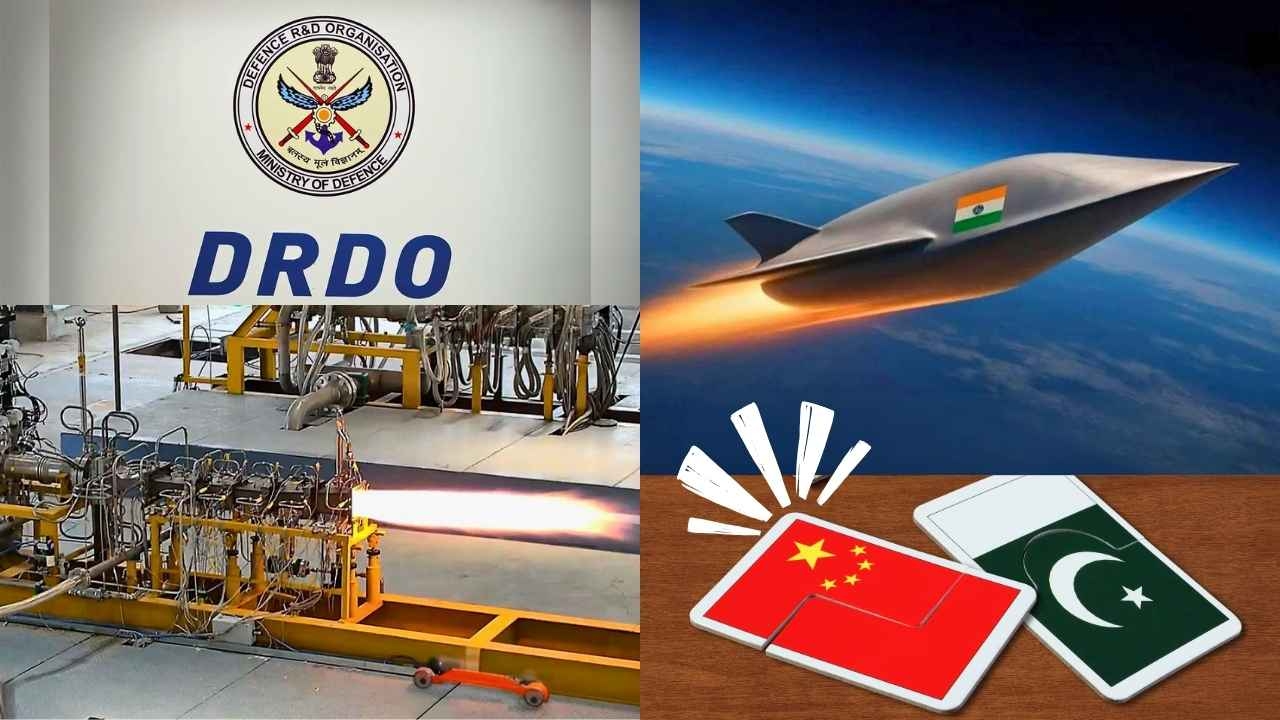
In a move that has sent shockwaves through global strategic circles, Bharat has successfully tested its indigenous Scramjet engine technology, marking a momentous achievement in the country’s journey toward mastering hypersonic capabilities. Developed by the Defence Research and Development Organisation (DRDO), this scramjet engine demonstrates Bharat’s growing prowess in next-generation aerospace and missile technologies, traditionally dominated by the United States, Russia, and China. This success is not just about technical advancement — it signals Bharat’s entry into an elite league of nations with the ability to build and deploy hypersonic platforms, something that dramatically alters the regional balance of power.
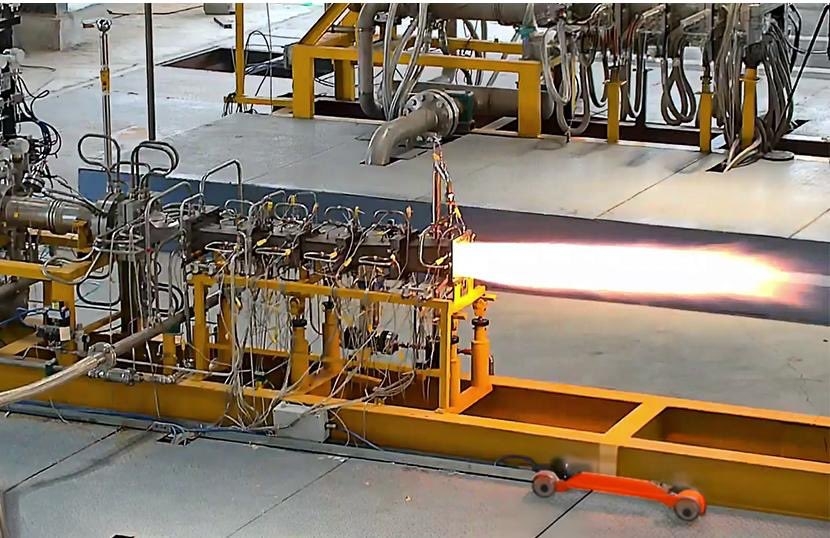
The Scramjet engine, or Supersonic Combustion Ramjet, is a marvel of engineering. Unlike traditional rocket engines that carry both fuel and oxidizer onboard, a scramjet relies on the oxygen in the atmosphere to combust the fuel. It compresses incoming air at supersonic speeds, mixes it with onboard fuel, and burns it at incredibly high velocities. This makes scramjets lighter, more efficient, and capable of achieving speeds greater than Mach 5, five times the speed of sound. The implications are revolutionary — missiles equipped with scramjet engines become almost impossible to intercept, spacecraft can be launched more affordably, and strategic deterrence is elevated to a whole new level.
For Bharat, the journey to this achievement was neither easy nor short. It involved years of persistent research, trials, and indigenous development under the Hypersonic Technology Demonstrator Vehicle (HSTDV) program. In the latest successful test, the scramjet engine ignited flawlessly at hypersonic speeds and sustained combustion under high dynamic pressure conditions. The flight was autonomously navigated and stabilized despite the harsh environment of extreme temperatures and airflows encountered at speeds exceeding Mach 6. Every aspect — from aerodynamic design to high-temperature material performance — worked as intended, showcasing DRDO’s rising technological maturity.
This breakthrough instantly positions Bharat alongside the United States and Russia, countries that have already fielded operational hypersonic systems. While China has made ambitious claims regarding its hypersonic arsenal, independent verification of those claims has often been lacking or exaggerated. DRDO’s transparent and rigorously validated test stands out as a mark of genuine capability. Bharat has crossed a major threshold, one that fundamentally shifts the calculations of its adversaries, particularly China and Pakistan.

The reaction from Beijing and Islamabad has been one of visible concern. For China, the threat is strategic and psychological. China has heavily invested in hypersonic glide vehicles and missiles, believing them to provide a decisive advantage over rivals, especially in regional conflicts. Bharat’s successful scramjet demonstration punctures that belief. It tells Beijing that Bharat will not just counter Chinese advances but can outpace them in critical areas like missile interception evasion, space access, and rapid strategic strikes. Given Bharat’s expanding ties with Quad partners like the US, Japan, and Australia, the message to China is unmistakable: Bharat is no longer a technological follower; it is a rising leader.
Pakistan’s predicament is even worse. Stuck in outdated conventional missile technology, Pakistan has no hypersonic program worth mentioning. Its nuclear deterrence strategy was always built on the assumption of being able to retaliate before being neutralized. Hypersonic systems completely destroy that assumption. Missiles flying at Mach 6 or higher would give Bharat the ability to strike within minutes, leaving virtually no time for Pakistani forces to react or launch a second strike. Islamabad understands that Bharat’s scramjet success is not just about missiles — it represents a total collapse of Pakistan’s outdated strategic planning.
Bharat’s advantages from this technological triumph are numerous and transformative. Scramjet-powered systems will allow Bharat to develop a new generation of hypersonic cruise missiles capable of penetrating even the most advanced enemy defenses. In an age where missile shields are becoming increasingly sophisticated, traditional ballistic and cruise missiles are losing their edge. Hypersonic weapons, moving unpredictably at tremendous speeds, will restore and reinforce Bharat’s strategic deterrence. No missile defense system in the world today — not the American THAAD, not the Russian S-400, and certainly not Chinese systems — can reliably intercept a hypersonic cruise missile once it is in flight.
The success also paves the way for revolutionary advances in Bharat’s space program. A scramjet-based spaceplane could drastically reduce the cost of launching satellites and cargo into low Earth orbit. Reusable hypersonic launch vehicles, propelled by air-breathing engines, can make space missions faster, cheaper, and more reliable. In the future, this technology could serve dual-use purposes, enabling both civilian and military space dominance — critical for satellite communication, surveillance, navigation, and even strategic space warfare.
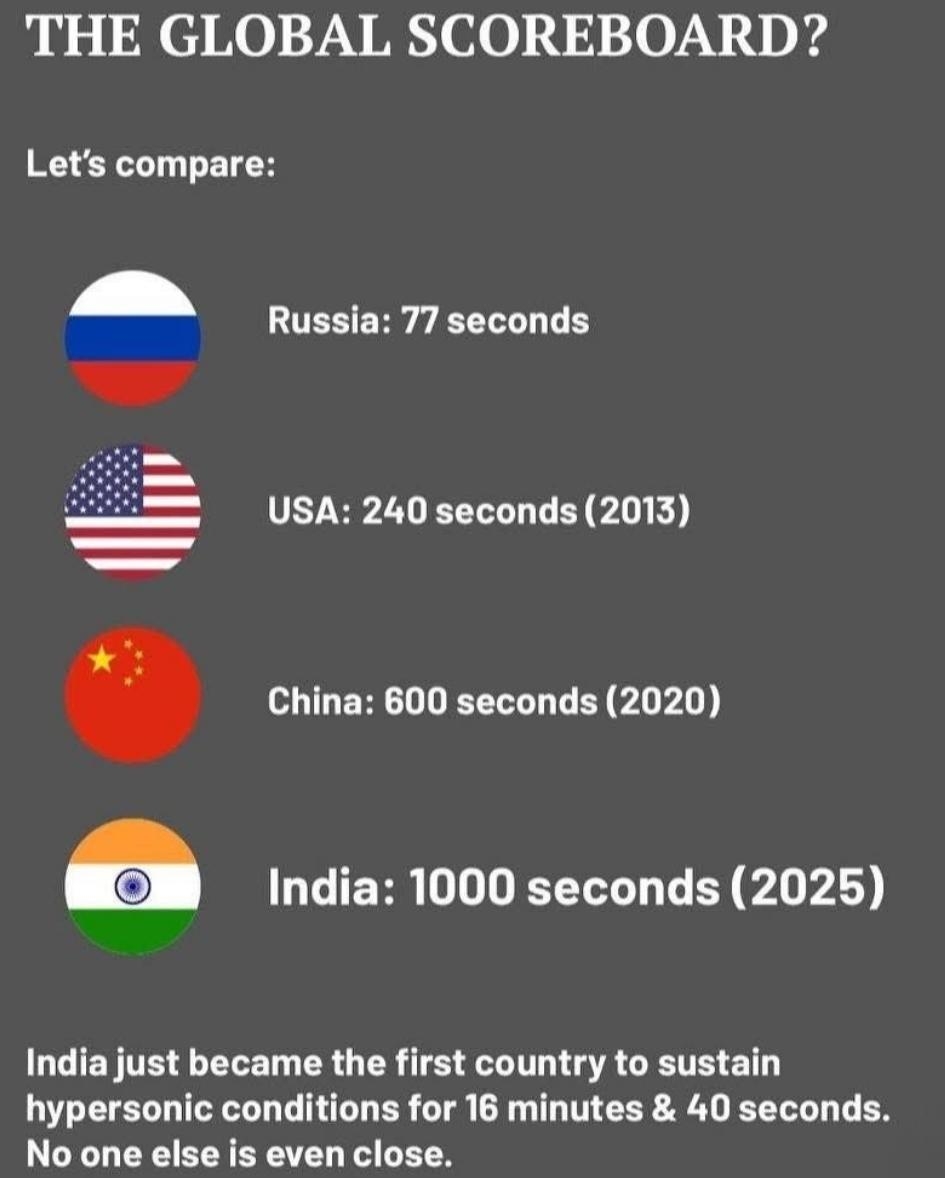
What makes Bharat’s achievement even more inspiring is that it has been accomplished indigenously. In an era where many nations struggle to innovate without foreign collaborations, Bharat’s scramjet engine is a shining example of true technological self-reliance. It fits perfectly into the vision of Atmanirbhar Bharat — a self-sufficient, resilient, and innovative Bharat that stands tall among the greatest technological powers. It is a testament to the skill, dedication, and brilliance of Bharat’s scientists, engineers, and policymakers.
Unlike China, which often faces allegations of reverse-engineering foreign technologies, Bharat’s scramjet program has been developed through original research and innovation. This not only strengthens Bharat’s position morally and diplomatically but also ensures that Bharat retains full control over the manufacturing, upgrading, and deployment of its hypersonic arsenal without being at the mercy of any foreign suppliers.
While the technical achievement itself is historic, its geopolitical implications are even more profound. Bharat's rising hypersonic capabilities serve as a critical deterrent against any attempts at aggression along the Line of Actual Control (LAC) with China or across the Line of Control (LoC) with Pakistan. Hypersonic weapons can deliver precision strikes against enemy installations, missile silos, or command centers in a matter of minutes. The strategic calculus for Bharat’s adversaries must now change: any miscalculation or provocation could invite swift and devastating retaliation.
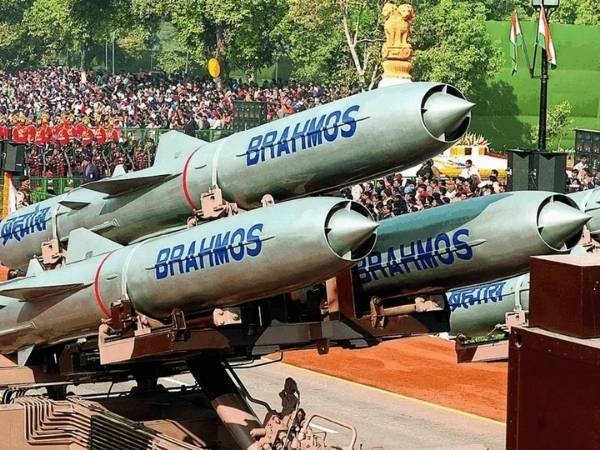
As Bharat moves forward, DRDO is already planning the next stages. The integration of scramjet engines into future variants of the BrahMos missile is one such exciting development. BrahMos-II, the successor to the already world-famous BrahMos missile, is expected to reach speeds of Mach 7 and beyond, making it the fastest cruise missile on Earth. Additionally, Bharat is working on developing hypersonic glide vehicles that could be launched atop conventional ballistic missiles, expanding the range and versatility of Bharat’s strategic arsenal.
The implications are not confined to land-based systems. Bharat’s Navy and Air Force will also benefit from hypersonic technology. Hypersonic anti-ship missiles, launched from submarines or aircraft, could redefine naval warfare in the Indian Ocean Region. Similarly, hypersonic air-to-surface missiles would give Bharat’s Air Force unmatched first-strike and standoff capabilities, allowing it to destroy heavily defended enemy bases with impunity.
China’s concerns are understandable because its regional dominance narrative depends heavily on technological superiority. If Bharat can match or exceed Chinese capabilities, then China’s ability to coerce its neighbors weakens significantly. Already facing resistance from nations like Japan, Vietnam, and the Philippines, a technologically empowered Bharat changes the strategic landscape entirely, creating a powerful counterbalance to Chinese ambitions in Asia.
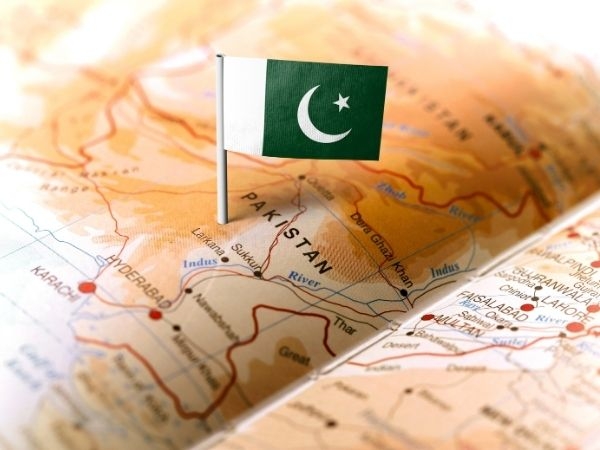
Pakistan’s fears are even more immediate and existential. With hypersonic missiles, Bharat can preemptively neutralize Pakistan’s second-strike capability, rendering the concept of Mutually Assured Destruction (MAD) obsolete in South Asia. This could force Islamabad to rethink its entire military doctrine, possibly pushing it toward negotiations rather than hostility — an outcome that would be deeply beneficial for regional peace.
Looking ahead, Bharat’s challenge will be to operationalize hypersonic systems rapidly and integrate them into its armed forces. This involves scaling up production, refining guidance systems to maintain accuracy at extreme speeds, and ensuring platform compatibility across different branches of the military. DRDO’s partnerships with private sector companies under the Make in India initiative will play a crucial role in achieving these objectives.
It is also essential for Bharat to continue investing in counter-hypersonic defenses, ensuring that as it masters offense, it also develops robust systems to defend against any future hypersonic threats from adversaries. Research into directed energy weapons, high-speed interceptors, and advanced radar systems must go hand-in-hand with hypersonic offense.
In the bigger picture, Bharat’s scramjet success story is a symbol of a larger transformation underway. A confident, innovative, and assertive Bharat is rising — not by copying others, but by pioneering new frontiers.
This success reaffirms Bharat’s destiny as a major world power, one that commands respect not through colonial relics of soft power but through hard-earned achievements in science, technology, and strategic capability.
As DRDO continues to push boundaries, the world must prepare for a new era where Bharat is not just a participant but a leader in shaping the future of global security and aerospace innovation. Bharat is no longer content to follow global trends; it is setting new ones. In the skies above, at hypersonic speeds, Bharat is soaring toward its rightful place among the stars.
And as Bharat speeds into the future at Mach 6 and beyond, one truth becomes undeniable for China, Pakistan, and the rest of the world — the era of an unstoppable Bharat has truly begun.